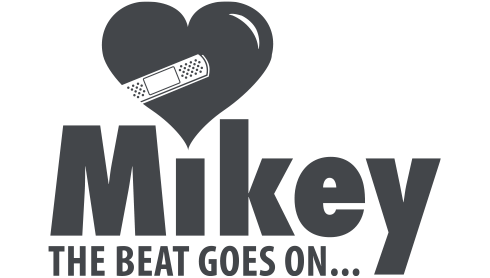
Now that the holidays are over and the new year is here, many of us have started to shift towards a healthier lifestyle as a part of a new year’s resolution. Initially, it may seem like an easy task, but many of us struggle to eat a heart-healthy diet and exercise regularly for the entire year.
To help you during this transition we’ve developed some helpful tips and tools that you can use to keep your resolutions for the whole year. This week we’re sharing some advice and tips on heart healthy exercises.
Heart Healthy Exercises
Aerobic exercises
Aerobic activities are some of the best exercises for your heart health as they help to increase stamina and improve the function of your heart. Depending on your fitness level the intensity of your workout will vary. Regardless of your intensity, most aerobic workouts recommend that you should do 30 minutes of exercise five times a week to keep an active lifestyle. If 30 minutes is too much for you at the beginning, try to do 10 minutes and gradually increase the amount of your workout.
If you’re beginning to do a physical activity after a long absence or have recently suffered a heart attack, we recommend contacting your doctor to see what kind of exercises they recommend.
Some popular aerobic exercises include: walking, bicycling, swimming and jogging.
Strength
Performing strength training is not only beneficial towards your heart health but can also help to reduce common ailments such as arthritis and osteoporosis.
Although there are numerous strength workouts online that focus on lifting heavy weights, we recommend trying to use your own bodyweight, small hand weights or resistance bands as you get back into the rhythm of working out. Performing these simple exercises will help to regain strength and ease you back into more intensive strength workouts.
Stretching
Stretching is highly beneficial before a workout as it reduces the risk of injury and prepares your body for more strenuous exercises. Focus on stretching slowly and gently. As you continue to workout more make attempts to try other stretches, but if you begin to feel pain in your muscles, stop.
Examples of common stretches
- To loosen the muscles in the front of your thighs lean against a wall, grab hold of one foot and pull your heel toward your buttock.
- Stretch your calf by leaning your forearms against a wall. Take a step back with one foot, straighten that leg and bend the front leg slightly. Repeat on the other side.
- Loosen your upper body by raising your arms over your head and clasping your fingers together. Pull your arms back slightly and with your fingers still clasped, open your palms toward the ceiling.
Sports
A great way to begin your 2020 fitness journey and keep consistently active throughout the year is by signing up for a sport. Sports can vary in the rate of their activity, so aim to join something that is closer to your fitness and activity level. Sports like soccer, basketball and hockey can require a high amount of physical energy, which can be tough on the body when first starting out.
More moderate sports to join include: curling, volleyball, swimming or even downhill skiing. A good practice when choosing a sport is to find one that fits your personality, so you’ll be motivated to stick with it.












